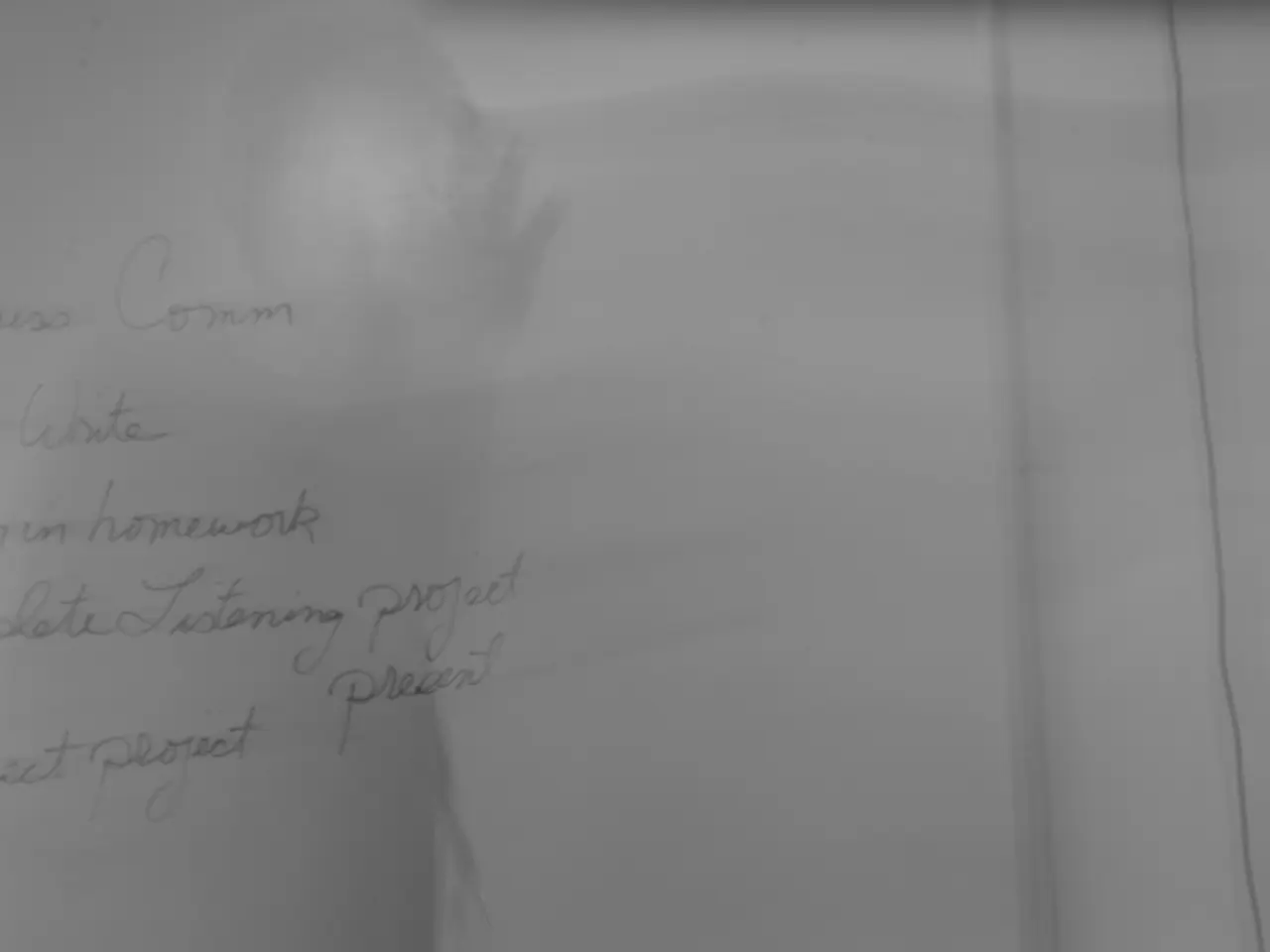During Contract Disputes, Determine Your Approach for Differences
Have you ever found yourself at an impasse in contract negotiations, unsure of how to proceed when disagreements arise? This article explores strategies to improve dispute resolution skills, focusing on the incorporation of dispute-resolution clauses, negotiating liquidated damages, using dispute prevention clauses, considering contingency agreements, and combining dispute prevention with contingency agreements.
Include a Dispute-Resolution Clause
Draft contract provisions that mandate parties to continue performing while a neutral third party investigates any alleged breach. Specify steps such as mediation or arbitration as mandatory preliminary methods before litigation. Mediation involves a neutral facilitator helping parties reach a voluntary, non-binding resolution, typically suitable for misunderstandings, while arbitration can result in binding decisions [1][4].
Negotiate Liquidated Damages Clauses
Agreement upfront on predetermined monetary compensation for specific breaches (e.g., $1,000 for a missed shipment) simplifies future dispute resolution because it fixes the damages in advance, avoiding protracted damages calculations if a breach occurs [4].
Use Dispute Prevention Clauses
Incorporate clauses aimed at managing differences before they escalate into disputes. Dispute prevention involves proactive communication and collaboration mechanisms embedded in the contract to reduce misunderstandings and encourage early resolution [4].
Consider Contingency Agreements
Develop agreements that outline how parties will act or resolve issues based on different possible future scenarios. This prepares both sides for uncertainties and establishes a clear procedure for handling them, reducing surprises that lead to disputes [4].
Combine Dispute Prevention and Contingent Agreements
Craft contracts that blend proactive dispute prevention (through clear communication and collaboration clauses) with contingency plans that anticipate potential conflicts and define resolution paths. This dual approach enhances flexibility, reduces conflict likelihood, and provides structured options if disagreements arise [4].
To further improve negotiation skills, focus on effective communication, active listening, emotional intelligence to control emotions and manage dynamics, and expectation management to align interests realistically [5][2].
A Financial Incentive for Avoiding Litigation
A financial bonus to the other side for avoiding litigation for the life of the contract can be a negotiated provision in this combination approach [5].
Supporting these methods can ultimately protect business relationships and reduce costly litigation [1][4].
Further Reading
For more insights on dispute resolution, consider reading Professor Lawrence Susskind's book "Good for You, Great for Me: Finding the Trading Zone and Win-Win Negotiation" [6]. Additionally, explore the concepts of Alternative Dispute Resolution (ADR) and Dispute System Design [3][7].
[1] Susskind, L. (2000). Breaking the Impasse: Consensual Approaches to Resolving Disputes. Harvard University Press. [2] Fisher, R., Ury, W., & Patton, B. (1991). Getting to Yes: Negotiating Agreement Without Giving In. Penguin Books. [3] Susskind, L., & Cruikshank, J. (1987). Dispute System Design: A Comprehensive Framework for Resolving Disputes. Sage Publications. [4] Susskind, L., & Susskind, P. (2009). The Efficiency of Dispute Resolution: A Review of the Empirical Evidence. Journal of Dispute Resolution, 2009(2), 1-38. [5] Susskind, L. (2015). The Future of Dispute Resolution: Managing Conflict in the 21st Century. Oxford University Press. [6] Susskind, L. (2019). Good for You, Great for Me: Finding the Trading Zone and Win-Win Negotiation. Harvard Business Review Press. [7] Ackermann, F., & Thompson, P. (1996). Reasonable People: A Social Approach to Dispute Resolution. Oxford University Press.
- In contracts, include a Dispute-Resolution Clause that mandates parties to engage in mediation or arbitration before resorting to litigation.
- When negotiating business contracts, consider Liquidated Damages Clauses to predetermine the monetary compensation for specific breaches, simplifying subsequent dispute resolution.
- Use Dispute Prevention Clauses in contracts to promote proactive communication and collaboration, reducing the likelihood of disputes.
- Consider Contingency Agreements that outline potential action plans for the parties based on various future scenarios, reducing surprises and leading to less conflict.
- For effective dispute resolution, integrate Dispute Prevention and Contingency Agreements, blending proactive measures with future-oriented plans.
- Including a financial incentive for both parties to avoid litigation could be beneficial in the combination approach to reducing dispute resolution costs.
- Explore alternative dispute resolution methods (ADR) and Dispute System Design for more comprehensive insights on effective dispute resolution.
- Acknowledging the importance of effective communication, active listening, emotional intelligence, and expectation management can help improve negotiation skills.
- Further reading can be found in Professor Lawrence Susskind's book "Good for You, Great for Me: Finding the Trading Zone and Win-Win Negotiation."
- Understanding the efficiency of dispute resolution can be explored in the paper "The Efficiency of Dispute Resolution: A Review of the Empirical Evidence," by Susskind and Susskind.




